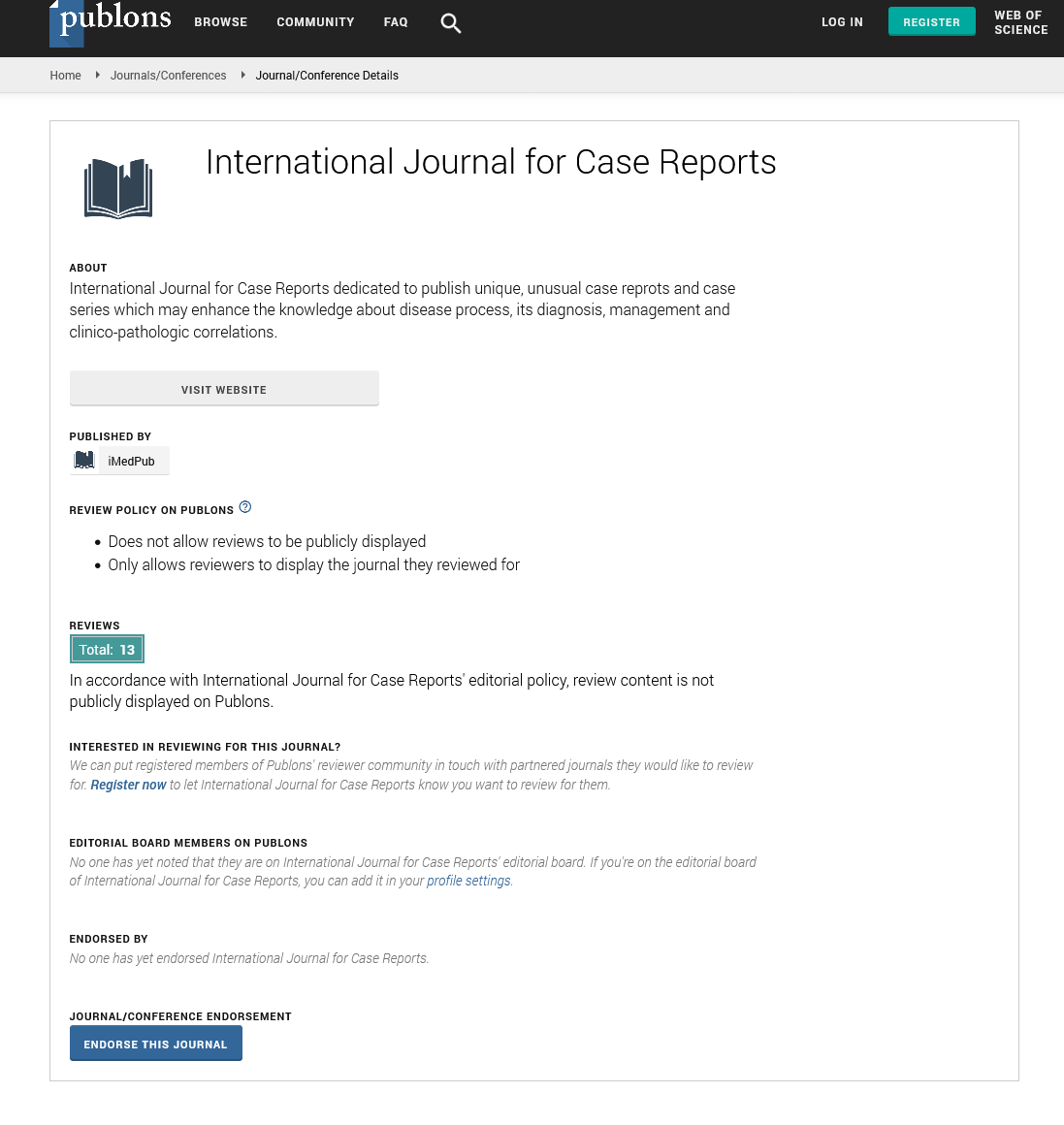Abstract
Evaluation of Demographic, Clinical, Laboratory Findings and Treatments of Our Febrile Seizures Cases
The most common type of convulsion seen in children is Febrile Convulsions (FC). According to the American Academy of Pediatrics, FC is defined as a convulsion occurring between 6 and 60 months of age, caused by a fever due to an infection affecting the Central Nervous System (CNS) or without another identified cause (such as electrolyte imbalance, intoxication, metabolic disorder, or trauma), in children who didn't have afebrile convulsion before. The frequency of febrile convulsions can vary in different studies, ranging between 4-5%. It is estimated to be 5-10% in some regions of the world. The variation in the frequency of FC among different countries and regions is thought to be multifactorial, including local environmental factors and genetic reasons. Boys are more effected than girls. The male to female ratio is approximately 1.4:1. It has been found that children with a family history of FC have a fourfold increased risk compared to the general population. FCs are most commonly seen between 18-22 months of age. They are triggered when the axillary body temperature reaches 38.5°C and usually develop within 1-2 hours after the onset of fever. Upper Respiratory Tract Viral Infections (URTI) are seen to cause FC more frequently than other infections. In this study, we aimed to determine the sociodemographic, clinical, and laboratory characteristics of patients diagnosed with FC who presented to our clinic, for evaluating their responses to applied treatment options, and to identify risk factors for epilepsy development and FC recurrence, taking into account the importance of close monitoring and careful assessment of these patients.
Author(s): Ozge Yilmaz*
Abstract | PDF
Share This Article
Google Scholar citation report
Citations : 22
International Journal for Case Reports received 22 citations as per Google Scholar report
International Journal for Case Reports peer review process verified at publons
Abstracted/Indexed in
- Google Scholar
- Publons
Open Access Journals
- Aquaculture & Veterinary Science
- Chemistry & Chemical Sciences
- Clinical Sciences
- Engineering
- General Science
- Genetics & Molecular Biology
- Health Care & Nursing
- Immunology & Microbiology
- Materials Science
- Mathematics & Physics
- Medical Sciences
- Neurology & Psychiatry
- Oncology & Cancer Science
- Pharmaceutical Sciences
